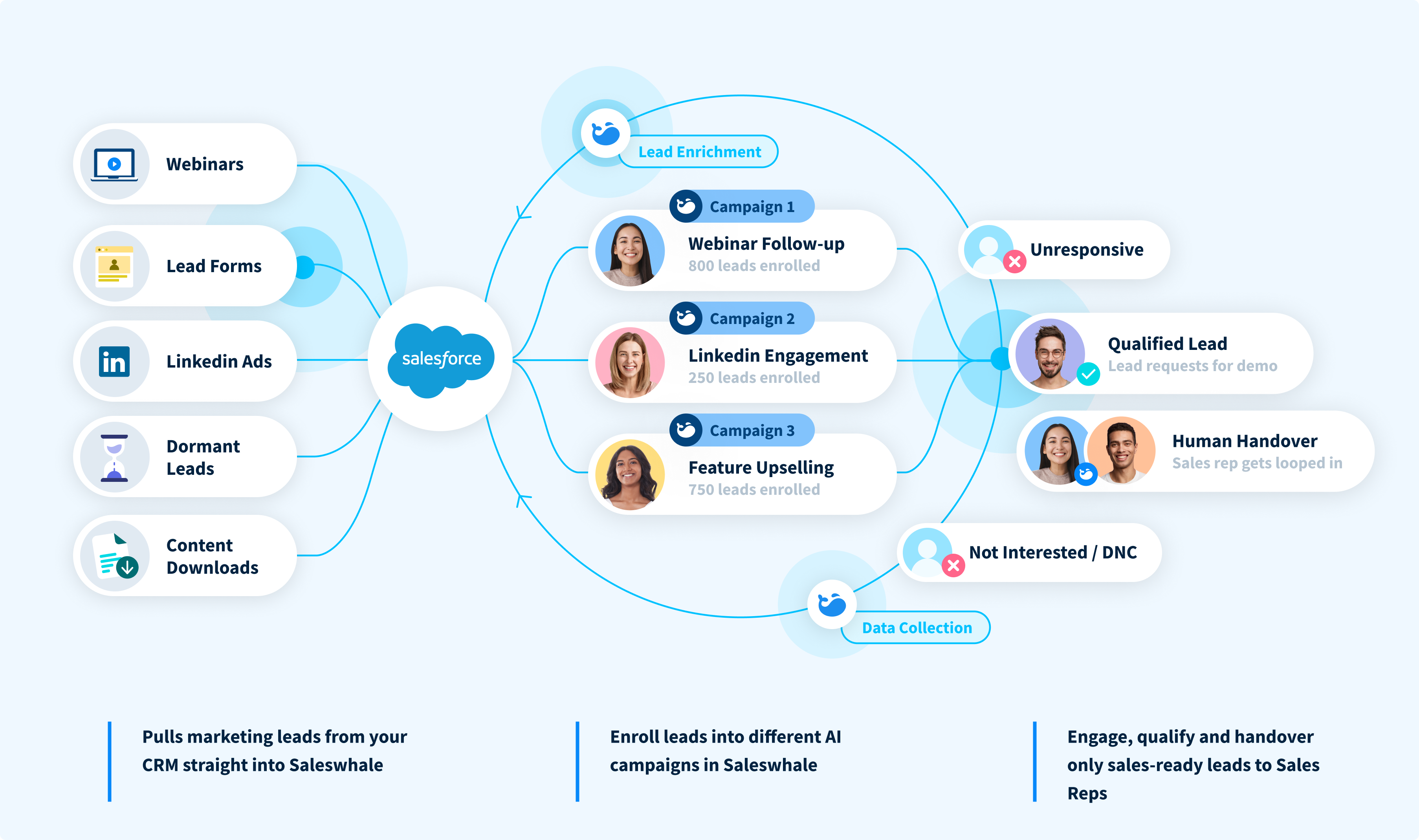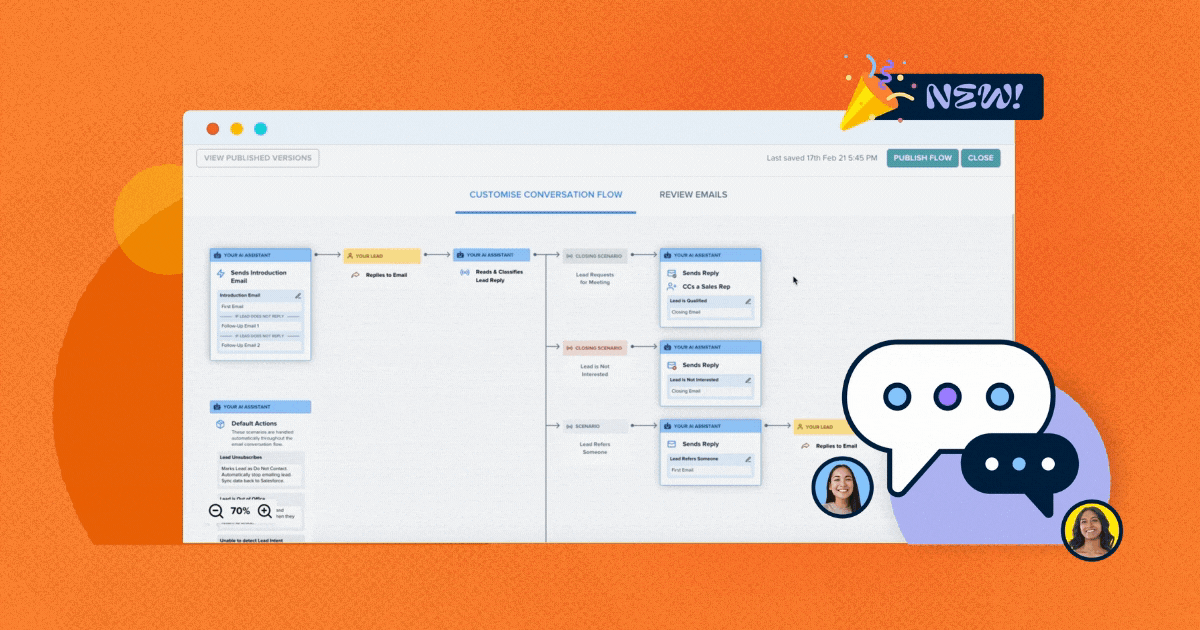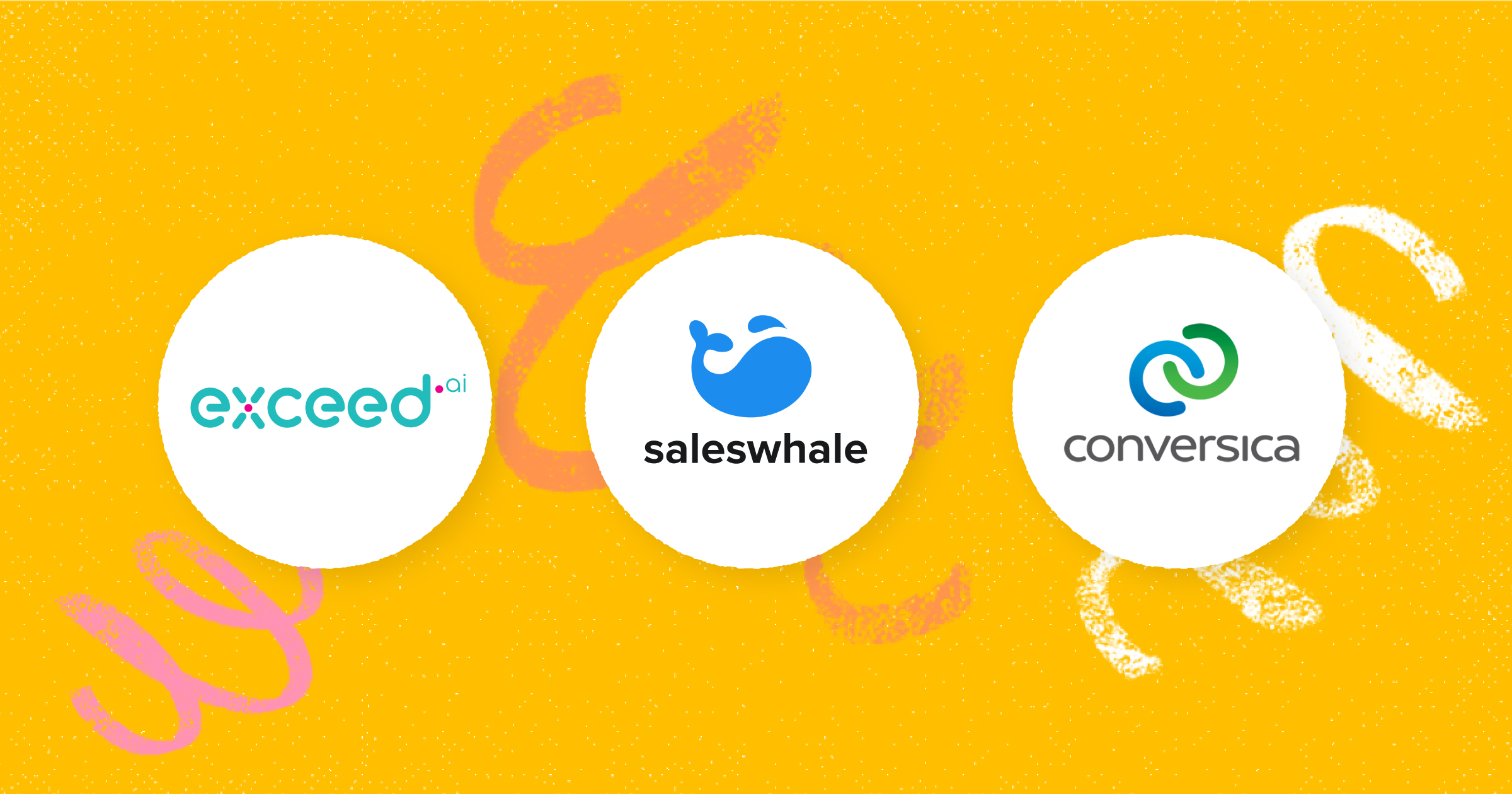Saleswhale Blog | 4 Min Read
Sales and marketing teams are similar to Tom and Jerry. While they occasionally team up to achieve certain objectives, most of the time their work puts them at conflicting interest with each other.
The reason? Sales teams tend to feel like the marketing team sends them unqualified sales leads that are deemed a waste of time. On the other hand, marketing teams feel like the sales team isn’t doing a good job on following up on the opportunities that they’ve passed on, making it hard for them to justify their marketing spend.
Enter sales development representatives (SDRs), who focus primarily on outbound prospecting, and sometimes on qualifying inbound leads. They are the brave ones who tread the tightrope between the two teams and are responsible for qualifying these leads and passing them to sales reps.
However, there have long been debate on which function they belong to - do they belong in Sales? But they don't own a sales quota. Do they belong in Marketing or Demand Gen? But they don't fit in traditionally with Marketing either.
Here's why SDRs should report to Marketing, instead of Sales.
1. Insufficient training opportunities
As mentioned earlier, SDRs tend to be the least experienced members of the sales team. Because the sales team is held accountable for bottom-line metrics, sales leaders will naturally focus their efforts and resources on helping these sales reps.
Additionally, SDRs are not “closers” - they don’t contribute directly to sales numbers.
As such, they tend to get little attention within the sales team, and are viewed as just lead generators, with little attention given to them with regards to training and career development.
2. Exploitation by sales reps
Traditionally, SDRs sit with the sales team as the junior ranking members, and slowly work their way up to becoming quota-carrying sales reps. It is not uncommon for SDRs to view their sales counterparts as an aspired goal, and thus try to please them as much as possible. This opens up an opportunity for an enterprising sales rep to cajole and pressurize SDRs into sending him their best leads.
In the long run, this will create an environment where the SDR becomes a personal lead generation machine for the sales rep, and may lead to an unfair distribution of leads among the sales team.
1. Familiarity with marketing campaigns
Sales teams are often unaware of what marketing campaigns are being run. As such, when leads are handed over, sales reps don’t have sufficient context to answer questions regarding the ebook or whitepaper that led them into this conversation.
On the other hand, SDRs in the marketing team will be able to have high-quality, fruitful conversations with leads right off the bat, which will potentially allow them to increase the number of qualified leads that are moved down the pipeline.
2. Faster response times = more likely to qualify
According to InsideSales.com, leads called within five minutes of requesting information online are over 10x more likely to answer, and 4x more likely to qualify.
If SDRs are plugged into the marketing pipeline, they’d be able to reach out and engage with leads quickly, cutting down on the number of leads who might otherwise have been lost. Paired with an AI sales assistant, they’d be able to qualify and hand over hundreds of promising leads to the sales team monthly.
3. Lead qualification should be a marketing function
A big issue marketing teams tend to face is being able to prove a return on investment (ROI) on their campaigns. Often, marketing leaders draw the line at the volume of leads they generate, which leads us back to the original conflict regarding lead quality between the sales and marketing teams.
By having SDRs on the marketing team, this problem is immediately eliminated. Marketing leaders can prove that they’re handing over qualified leads, which keeps both their bosses and the sales team happy.
In the rare episodes where Tom and Jerry team up, they are able to do great things together. So it is with sales and marketing teams - and SDRs are the glue that can make this happen. While only 24 percent of SDRs currently report to the marketing team, we believe this number will continue to grow as both sides experience its benefits.


Co-founder & lead content strategist at With Content, a content production studio that helps B2B tech companies create credible, authoritative longform content that potential customers will actually love.
Sign up for cutting edge ideas on conversational marketing, AI assistants and martech.

Saleswhale for Salesforce allows you to build powerful automated lead conversion workflows. This allows you to re-engage with your neglected marketing leads at...
19 APR 2021

Demand generation and marketing teams generate more leads at the top of the funnel than ever in this new digital-first world. Saleswhale helps ensure those...
1 MAR 2021

Marketers that focus on MQLs end up doing the wrong things in order to achieve the metrics. So I changed it.
16 JUN 2020

Conversica isn't the only player out there. Learn how Saleswhale and Exceed.ai compare and make an informed decision.
15 APR 2021
By providing your email you consent to allow Saleswhale to store and process the personal information submitted above to provide you the content requested.
You can unsubscribe at any time by clicking the link in the footer of our emails. For information about our privacy practices, please visit our privacy page.